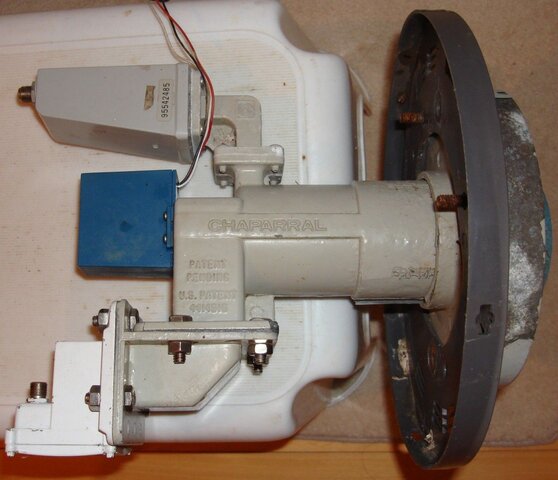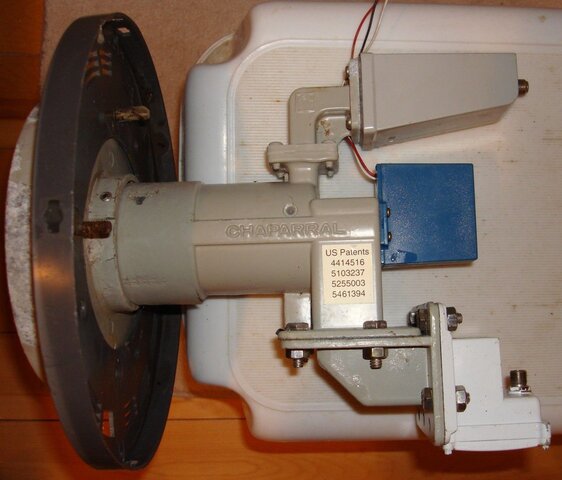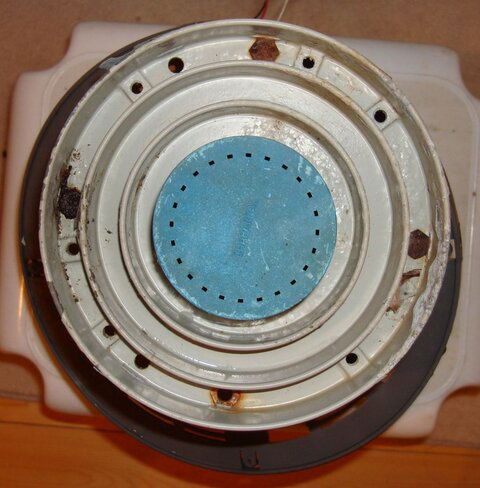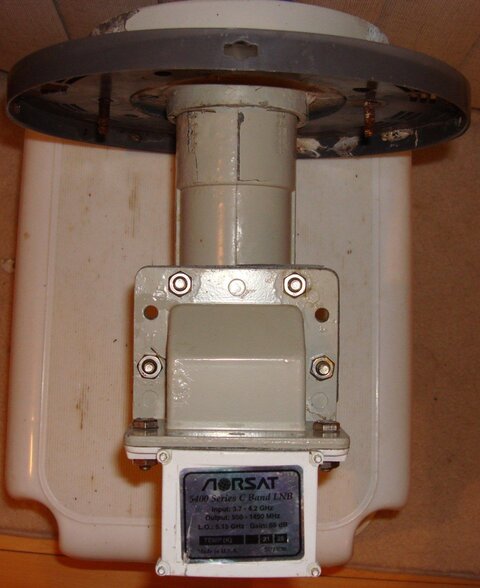During the holiday season, just for fun since I will have free time and because it's convenient (read $0 to do), I plan to install an old rescued C/Ku-band LNB on my experimental fixed 1-metre dish. The goal? To see if I can receive even one C-band transponder from any satellite. My first attempt might be on Anik F1R at 107.3W since that satellite has many interesting C-band channels and I happen to know I have good LOS to this satellite since I can receive it well on Ku band.
My best old LNB from my bones yard has the following specs:
Norsat 5400 Series C Band LNB: Input: 3.7 - 4.2 GHz; Output: 950 - 1450 MHz; L.O.: 5.15 GHz; Gain: 65 dB; Temp: 17 K; Made in USA 01/18/96
Norsat Ku LNB: 0.5dB NF; 58 dB gain; A freq; Made in Taiwan; 710-0307; 94/11/17 (What is the LO frequency for this?)
It has a scalar ring, but it is flat so not appropriate for an offset dish, right? It has a Chaparral co-rotor with polarizer. I assume this uses voltages similar to Ku-band LNBs: 13V for V and 18V for H? What voltage to which wires?
Does anybody want to classify this project? Ratings to use could consist of:
Class A Project: Great idea! Why haven't I tried this?
Class B Project: Better than watching TV.
Class C Project: Too much time on hands. Obviously needs a life and a new hobby.
My best old LNB from my bones yard has the following specs:
Norsat 5400 Series C Band LNB: Input: 3.7 - 4.2 GHz; Output: 950 - 1450 MHz; L.O.: 5.15 GHz; Gain: 65 dB; Temp: 17 K; Made in USA 01/18/96
Norsat Ku LNB: 0.5dB NF; 58 dB gain; A freq; Made in Taiwan; 710-0307; 94/11/17 (What is the LO frequency for this?)
It has a scalar ring, but it is flat so not appropriate for an offset dish, right? It has a Chaparral co-rotor with polarizer. I assume this uses voltages similar to Ku-band LNBs: 13V for V and 18V for H? What voltage to which wires?
Does anybody want to classify this project? Ratings to use could consist of:
Class A Project: Great idea! Why haven't I tried this?
Class B Project: Better than watching TV.
Class C Project: Too much time on hands. Obviously needs a life and a new hobby.
Last edited:






